How to make your home sustainable - RIBA architects share their advice
Want to make your home sustainable? It's a good way to reduce your carbon footprint and easier than you may think

Want to make your home sustainable? You're not alone - and thankfully there's a lot that can be done to both modern homes and period homes.
A recent homeowner survey commissioned by the Royal Institute of British Architects (RIBA) found that as a result of spending more time at home, 80% of people had identified design changes they wanted to make.
High on the list of priorities when finding an architect to work with on these changes was a commitment to making their home more environmentally sustainable and combating climate change.
When renovating your home, it makes sense to implement energy-saving solutions and sustainable materials at the outset. Yet, making your home more sustainable doesn't have to involve an expensive redesign, there are other simple ways to improve energy-efficiency and waste less at home.
Calculate your carbon footprint and read on for ideas on how to make your home sustainable.
1. Insulate lofts, roofs and walls
As well as insulating your loft (if you haven't already converted. it), RIBA suggest that internal insulation on externally-facing walls is also a good solution, 'if done correctly, and with health-enhancing materials'.
Loft and cavity-wall insulation will not only make your home more energy efficient and less wasteful, it will save money on fuel bills too.
The Livingetc newsletters are your inside source for what’s shaping interiors now - and what’s next. Discover trend forecasts, smart style ideas, and curated shopping inspiration that brings design to life. Subscribe today and stay ahead of the curve.

2. Fit good quality windows and doors
According to RIBA, windows should ideally be triple-glazed, with all-round, silicone compression seals and multi-point locking to get rid of cold draughts.
Triple-glazed windows are even available in historic designs that are almost indistinguishable from the original windows and suitable for conservation areas; the best windows are long-lasting and made from very durable dense mountain-grown European softwood.
Windows of this quality will also help make the home a sanctuary of peace and quiet, massively reducing traffic noise outside.
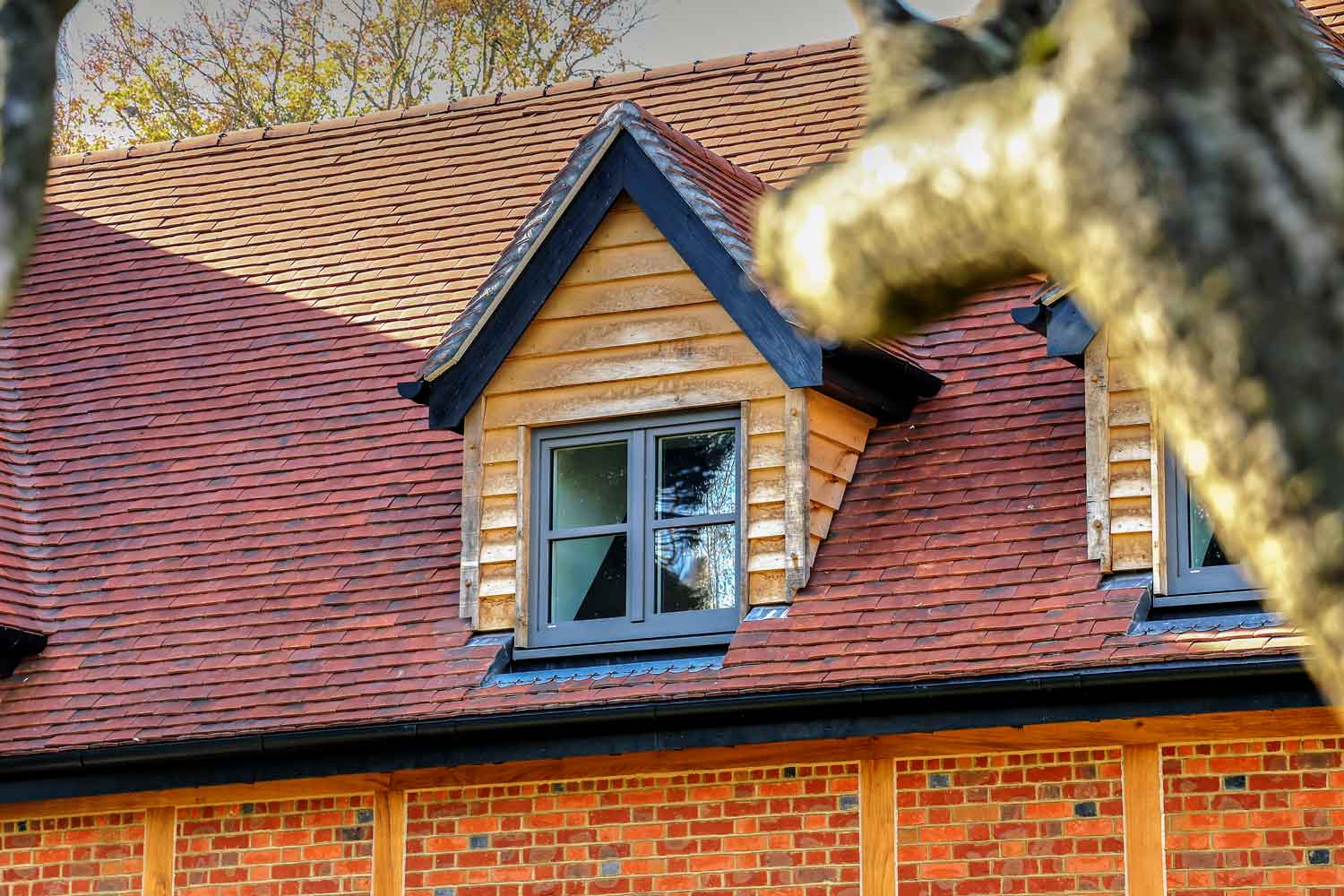
3. Consider fitting a heat pump
Check your eligibility and replace your gas, oil or direct electric hot water and space heating system with a heat pump and benefit from the government’s Renewable Heat Incentive (as long as you use a certified installer).
According to RIBA, "Heat pumps and heat networks are two effective ways that new homes can achieve low carbon heating. It is essential, however, that heat pumps are designed, specified, installed and operated correctly to avoid high energy bills.
After a deep retrofit, very little heating will be required – almost nothing compared to pre-retrofit.
However, fabric efficiency should be the primary consideration when designing a new home; any method of delivering heat should be secondary to fabric efficiency."
If that's a step too far, simply switching to a green fuel tariff will reduce the amount of energy you use from carbon-producing fossil fuels.
4 Install a ventilation system
When planning a renovation, RIBA advise installing a ventilation system with heat recovery to provide ample healthy fresh air that is passively warmed by the stale air extracted from bathrooms and kitchens, and totally without cold draughts in winter when the windows are closed.
This is ideally a centralised system with a pollen filter, using only ~30watts of electricity while being able to lift freezing cold winter air to around 20 degrees 24/7. It is even possible to install a nitrogen dioxide filter to remove a common cause of asthma and to control other health risks posed by vehicle exhaust pollution.
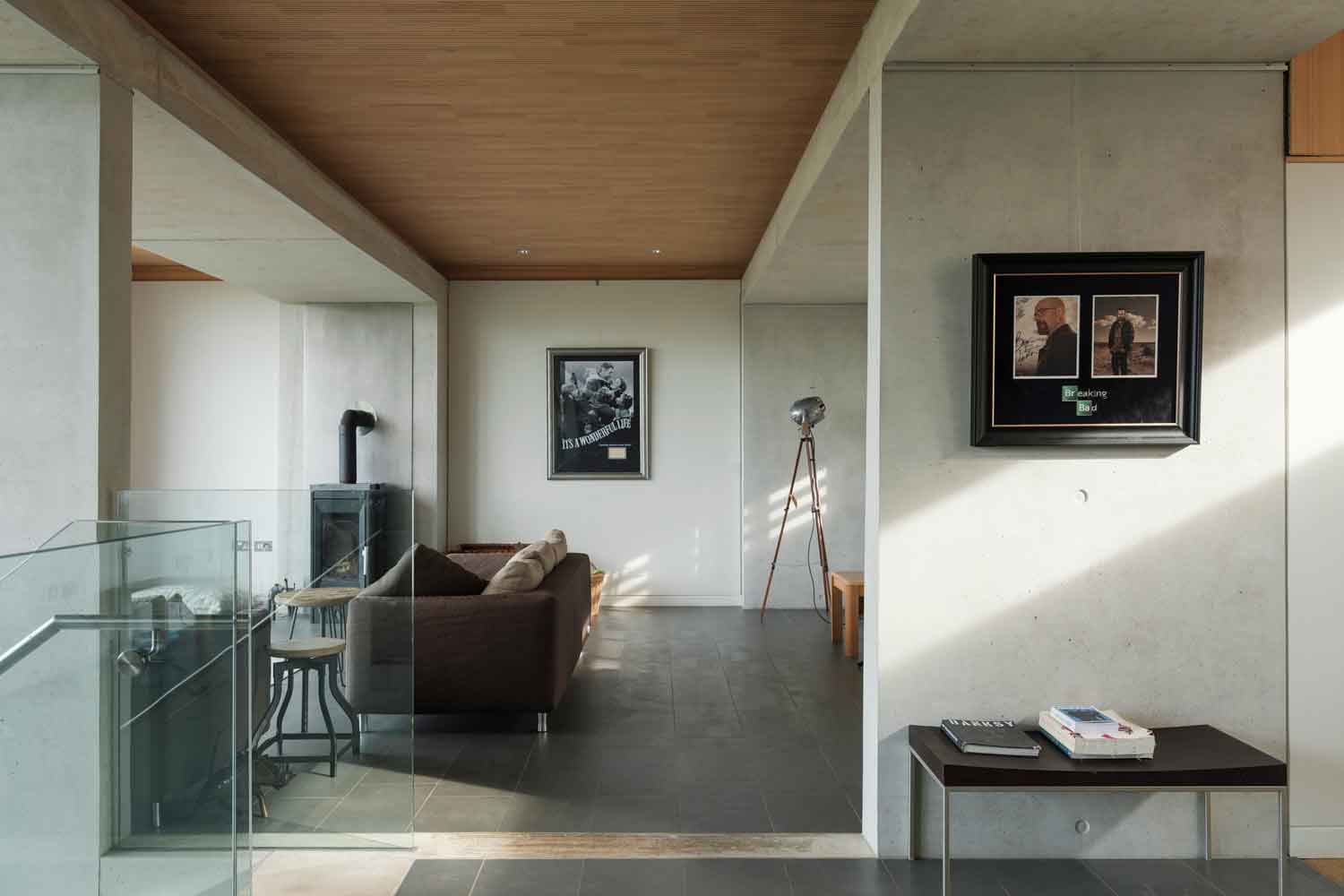
5. Future-proof your home
Make your home more flexible for your future needs by adding sliding or folding space dividers to ensure your space works for both compartmentalised and open plan living arrangements. See what can be done with Crittal-style doors, windows and room dividers.
If you want smaller spaces to keep warm in winter, bear in mind that once your home is retrofitted you may not feel the need for so much subdivision of spaces.
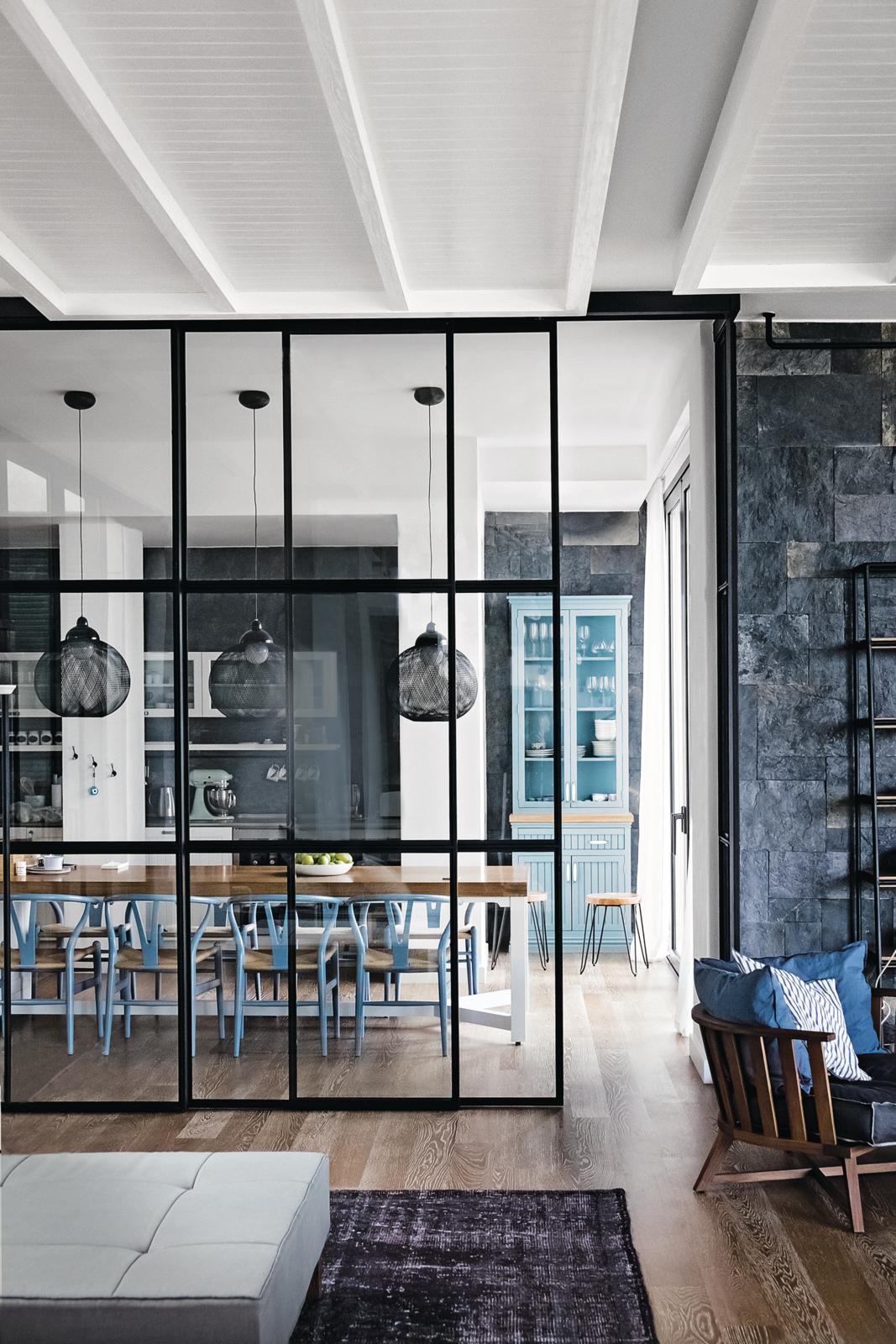
6. Buy a used kitchen
If you're installing a new kitchen, consider buying used kitchen cabinets. Used Kitchen Exchange offer ex-display and pre-owned cabinets, worktops and appliances from big names including Smallbone, Gaggenau and Leicht.
One canny customer bought a second hand Mark Wilkinson 'New England' kitchen, complete with Subzero/Wolf appliances for 80% less than the original price.
It's not just cost saving, it's planet protecting too, reusing precious resources. This kitchen regeneration saved approximately 9 tonnes of carbon. Equivalent to a family of 4 being carbon neutral for 18 months.

7. Don't mow the lawn
Friends of the Earth suggest we pull up a chair, grab a cocktail and watch the grass grow.
Leaving even part of your garden to grow wild can help pollinating insects, like bees, thrive.
In fact re-wilding is one of the biggest garden design trends.
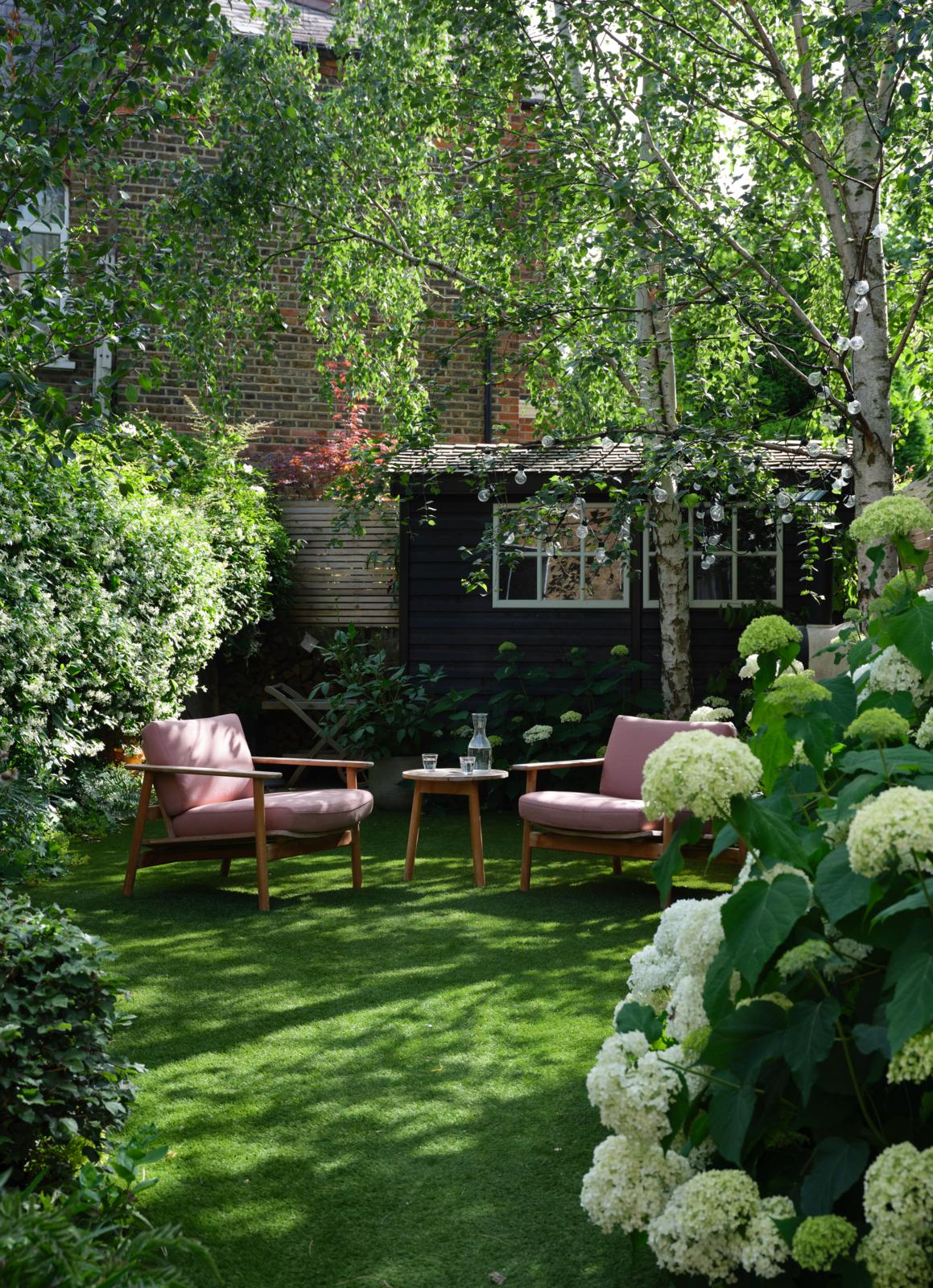
8. Reduce plastic
There are plenty of ways to reduce single-use plastics at home from buying a water carbonator to using beeswax wraps instead of cling film - and of course, carrying the obligatory water bottle and remembering to take shopping bags when you do a shop - or better still use a fruit vegetable box scheme that offers local produce. There's plenty that do meat, dairy, fish, groceries and booze too, like Farmdrop.

9. Use FSC certified or reclaimed timber
Without FSC certification it's hard to know where timber has come from. It could have been chopped down from rainforests, particularly if it's a rare wood, causing habitat loss for endangered animals.
FSC-certified timber comes from well-managed forests. Better still, think about using reclaimed timber. Its timeworn look adds character and you're prolonging its lifespan.
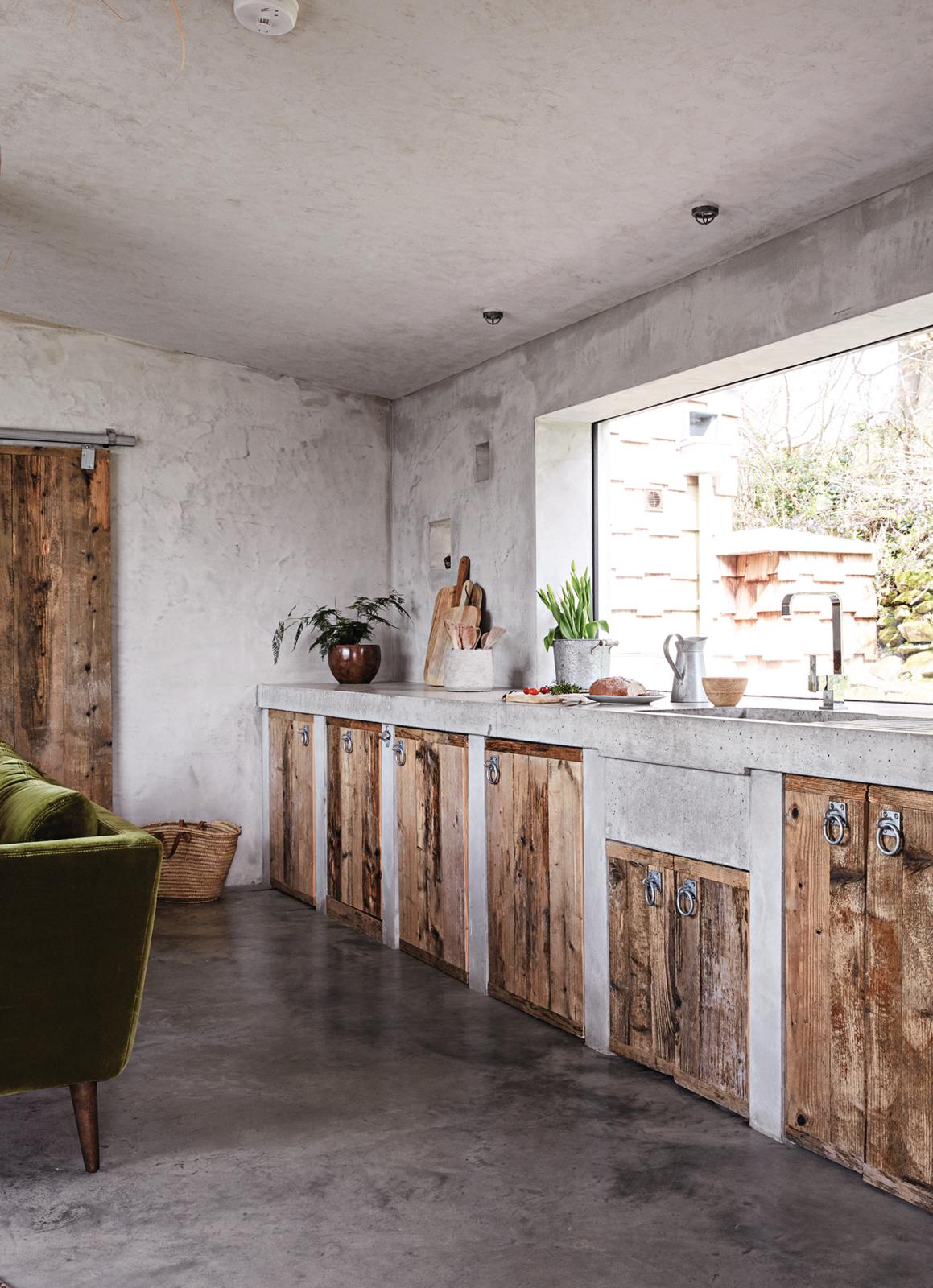
Jacky Parker is a freelance lifestyle journalist and writer, producing a wide range of features for magazines and digital platforms. She has written for Livingetc and its sister titles, Homes & Gardens and Country Homes & Interiors for more than 15 years, both as a freelance contributor and as Acting Digital Editor and Acting Style Content Editor, regularly reporting on the latest interiors, gardens and wellness inspiration, speaking to experts in their respective fields, and discovering the best tips.
Jacky has also written for other publications, including Sunday Times Style, The Telegraph, Architectural Digest, House Beautiful, ELLE Decoration, Red, Grand Designs and more.